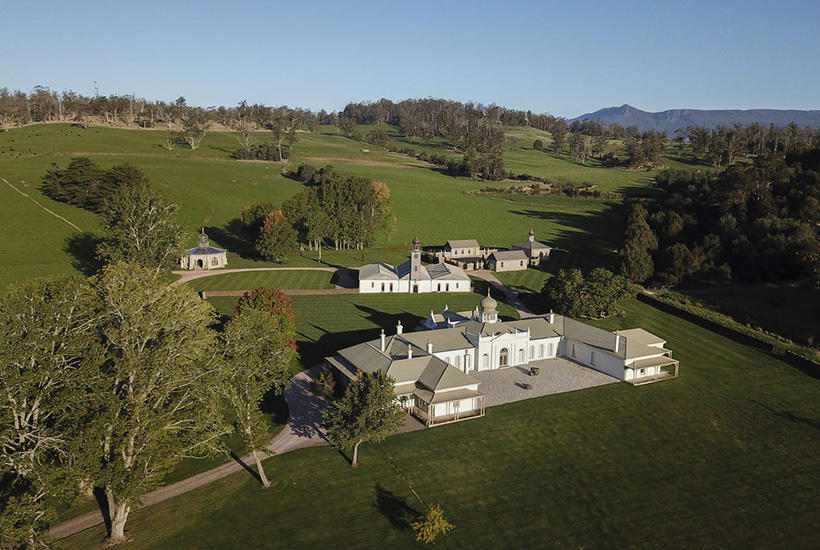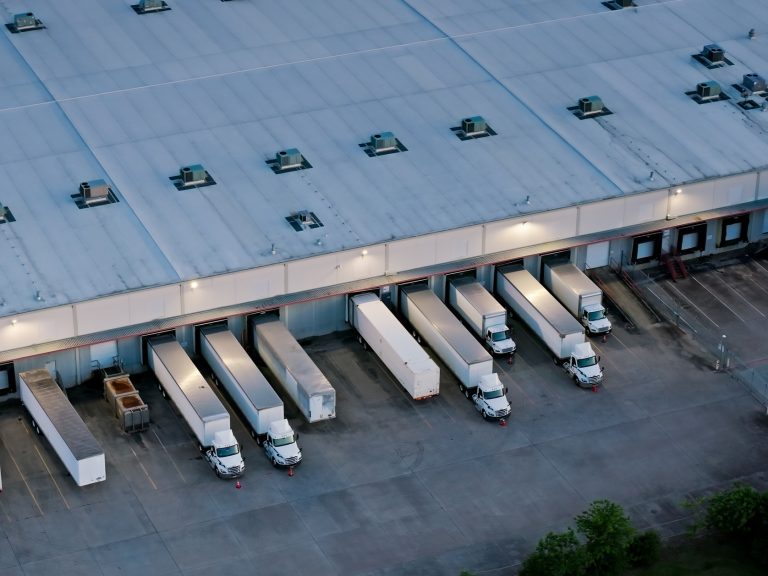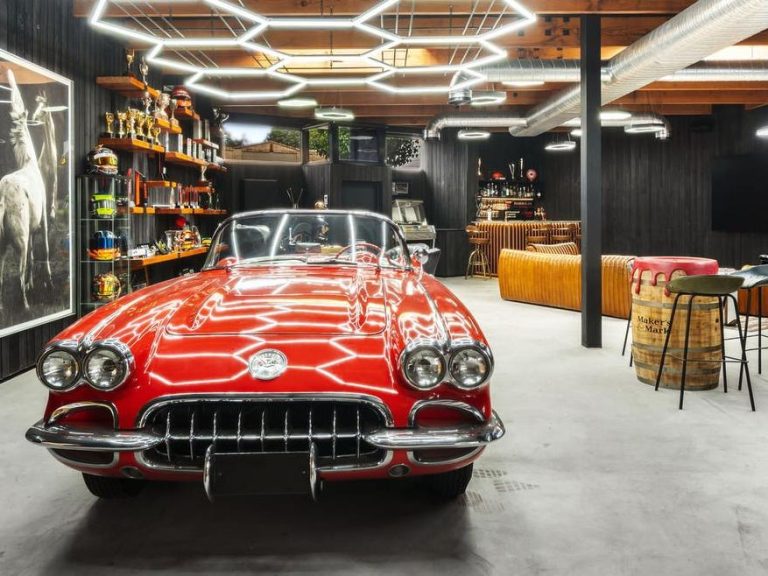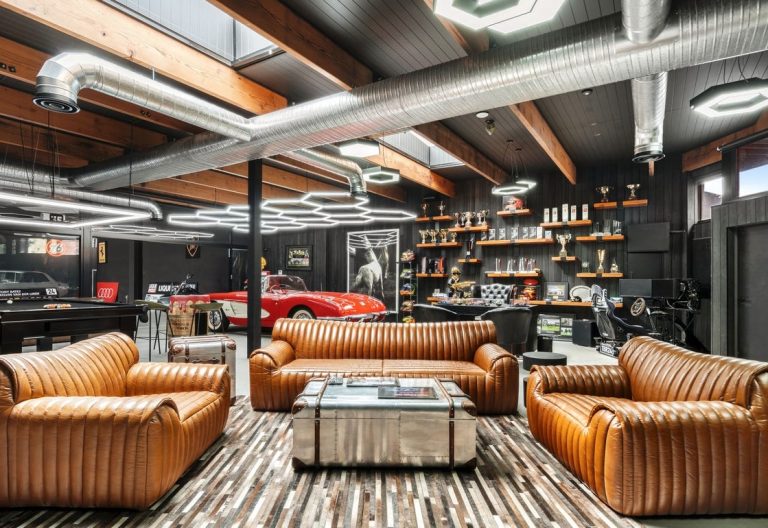Historic Tasmanian estate comes with several income streams

One of Tasmania’s most beautiful and historic estates has come on the market, as the value of farmland in the state hits record highs.
Bentley, in northern Tasmania’s Chudleigh Valley, has 395ha of rich farming land and a restored, heritage-listed residence built in 1879. The property dates back to a land grant of 1829, when the island was known as Van Diemen’s Land.
Owned by antique dealer John Hawkins and his wife, botanical artist Robyn Mayo-Hawkins for close to 20 years, the property consists of 16 titles and is run as a grazing operation with a breeding herd of Black Angus. It has on-farm water storage and water rights from catchment and the Lobster Rivulet.
The value of farmland in Tasmania reached new heights last year.
The Australian Farmland Values 2021 report, produced by Rural Bank, revealed for the first time in 15 years, all Australian states experienced growth in the median price per hectare of farmland in 2020. Tasmania led the way, with its median price per hectare for farmland increasing by 25.3% to $13,691 – a record for the Apple Isle.

There are a number of large outbuildings on site, some provide guest accommodation. Picture: realestate.com.au/buy
Selling agent Knight Frank’s Sam Woolcock said he expects Bentley to be up there with the record-setting prices of other historically significant estates in Tasmania.
The 860sqm, six-bedroom manor has a library; morning room; billiard room; studio; and a 10.2-metre-by-10-metre conservatory with eleven north-facing windows and a cupola inspired by the dome on the Royal Pavilion in Brighton, England.
Yet, despite the grandeur of the home and its sympathetic extension and restoration, Mr Woolcock said the property’s remarkable landscape makes it truely unique.
It’s hard to believe that something man-made could enhance the natural beauty of the surrounding valley, but the visionary owners have done just that.
A long tree-lined driveway, in the English tradition, leads up to the grand homestead, which sits in a park of lush green lawn, looking out upon three lakes, an amazing greenhouse and gardens edged by box hedges and drystone walls.
The property’s 700-metres of drystone walls took three years to build and 2500 tonnes of rock.
The couple designed the greenhouse in the gothic revival style. The 15sqm octagon – about 17-metres high – features a glass, dome roof. They also restored Bentley’s historic outbuildings: the stables; clock tower; two cottages; and the Van Diemen’s Land Company Barn, which now provides guest accommodation.

The property includes 395ha of farming land. Picture: realestate.com.au/buy
Founded by English businessmen in 1825, the Van Diemen’s Land Company is Australia’s largest and oldest dairy company, but it began life running sheep and exporting wool.
The company remained in UK hands until 1993 when it was purchased by New Zealand company Tasman Agriculture. In 2015, VDL, now known as Van Dairy, was bought by Chinese businessman Xiangfeng Lu. In May this year, he sold off 12 of the 23 prime dairy farms – 2,200ha – in north-west Tasmania for $62.5million to the Melbourne-based asset manager Prime Value.
VDL was at the heart of the most famous case of a bounty leading to the extinction of an Australian animal. The thylacine, or Tasmanian tiger, was abundant in the state prior to European settlement, but came to be seen as a pest by farmers.
In 1830, the company introduced a bounty of one pound per thylacine and ten shillings for a sub-adult – in addition to a bounty on Tasmanian devils and wild dogs. The Tasmanian government introduced a further price on the thylacine’s head in 1888.
By 1909, when the bounty ceased, the thylacine was on the brink of extinction and by the 1930s it was wiped out.
The main house is filled with the wares of Mr Hawkins’s long-running business – J.B. Hawkins Antiques.
As an internationally renowned antiques dealer who has been instrumental in supplying historic items to galleries and museums around the world, Mr Hawkins has used Bentley as a showroom, Mr Woolcock explained.
“There are a number of pieces that he specifically bought for Bentley, which are quite extraordinary and they will be included in the sale,” Mr Woolcock said.
The Bentley estate was attracting attention from international, interstate and local farming interests and the COVID-19 pandemic had ‘supercharged momentum’, Mr Woolcock said.
“The Tasmanian market is the strongest I’ve seen in 20 years of selling real estate in the state.
“People are looking to Tasmania as a real option to get out of Sydney and Melbourne, and agriculturally, to have reliable rainfall and a clean environment has been very attractive to buyers as well,” he added.

The property’s design in based in part on the Royal Pavilion in Brighton, England. Picture: realestate.com.au/buy
Bentley is on the market through an expression of interest campaign.
Mr Woolcock is also managing the sale of Quamby, another historic Tasmanian estate. He said it too had attracted international and interstate interest, and he expected a sale to be secured within the next few weeks.







